Chemin maritime Sunseong Susang-gil (선성수상길)
12.9Km 2024-07-08
14, Seonseong-gil, Dosan-myeon, Andong-si, Gyeongsangbuk-do
Le chemin maritime Sunseong Susang-gil désigne un chemin d'1km qui relie le complexe culturel Sunseonghyeon avec le parc du lac d'Andong. Ce chemin, qui flotte sur l'eau, donne l'impression de pouvoir marcher sur l'eau.
Yekki Maeul (예끼마을)
12.9Km 2024-07-08
14, Seonseong-gil, Dosan-myeon, Andong-si, Gyeongsangbuk-do
Le village Yekki est un village artistique à Andong. Les alllées du villages sont décorées avec des peintures murales réalisées par des artistes locaux. Le principal charme du village est le chemin de l'eau Sunseong Susang-gil, un chemin de promenade sur l'eau.
Jeongjae Head House / 정재종택
13.2Km 2025-08-12
경상북도 안동시 임동면 경동로 2661-8
+82-10-8590-0625
Boasting more than 300 years of tradition, Jeongjae Traditional House is the head house of Ryu Chi-myeong (pen-name: Jeongjae), who inherited the study of Togye Yi Hwang (1501-1570), one of the two most prominent Korean Confucian scholars of Joseon. The old house features the characteristic construction elements of a Joseon hanok, including the stylobate, wooden pillars, toenmaru (the narrow wooden porch running along the outside of the building), tiled roof, and other structures, and commands an open view of Imha Lake. The house was originally built by Ryu Gwan-hyeon, the great-great-grandfather of Ryu Chi-myeong, in 1735 (the 11th year of the reign of King Yeongjo of Joseon) in the village of Handeul in Imdong-myeon, Andong-si, Gyeongsangbuk-do, but it was relocated to the foot of Guamsan Mountain in 1987 when Imha Dam was built and the surrounding area was submerged as a result. The house consists of the daemunchae (gate building), jeongchim (a ‘ㅁ’-shaped house with a tiled roof), haengnangchae (servants’ quarters), a shrine, and a pavilion. The sarangchae (men’s quarters) is clearly visible, while the anchae (women’s quarters) is concealed within the house. The sarangchae has a sarangmaru (wooden floor), a large sarangbang room, a small sarangbang room, and there is a small maru between the two rooms. The buildings of the sarangchae and anchae are clearly divided into segregated spaces for men and women according to Confucian tradition. The anchae has a daecheongmaru (large wooden floor) in the middle; a main room, kitchen, and toilet on the right; and a numaru (upper floor) and sangbang (upper room) on the left. The small side door of the main gate links to the door by which to enter the anchae, which has a small vegetable garden. Manujeong Pavilion (Gyeongsangbuk-do Cultural Heritage Material No. 37) is a half-hipped roof building with single-layered eaves located on the left side of the house outside the main gate. It is the place where Ryu Chi-myeong used to teach his students, and consists of a large maru and a guest room. The pavilion is also surrounded by the beautiful scenery of Imha Lake, mountains, and chestnut trees. Jeongjae Traditional House provides two special experience programs: Making Songhwaju, which is the Ryu family’s home-brewed liquor (15 to 18 degrees) made with rice, glutinous rice, yeast, pine needles, and chrysanthemums, led by the owner’s wife (Intangible Cultural Asset No. 20); and Making Tarak, which is a fermented milk drink that has been made by the Ryu’s family for some 500 years. As the recipe for making Tarak is relatively simple, and uses yeast that is usually used to make raw rice wine like Makgeolli, people can easily make it at home. The house also runs a traditional music program designed to show participants how to play the gayageum (Korean zither with twelve strings) and sing Korean folk songs, and stages small concerts.
Imhaho Gisa Sikdang(임하호기사님식당)
13.4Km 2021-04-09
8, Seonchakjang-gil, Andong-si, Gyeongsangbuk-do
+82-54-822-4929
There are a variety of side dishes, so you can enjoy different foods. This Korean dishes restaurant is located in Andong-si, Gyeongsangbuk-do. The representative menu is kimchi stew.
Suaedang / 안동 수애당
14.1Km 2025-08-12
1714-11, Sugogyonggye-ro Imdong-myeon, Andong-si, Gyeongsangbuk-do
+82-54-822-6661
'Suaedang Traditional House was built by Ryu Jin-geol, also known by his pen-name of Suae, in 1939. This hanok-style house consists of three buildings that measure 29-kan (a traditional measurement that corresponds to the space between two columns) in total.
The main room, or jeongchim (7-kan at front and 2-kan at sides), has a half-hipped roof, and forms a‘ㄱ’-shape with the storeroom (10-kan at front), which also has a half-hipped roof. Originally located at 612 Sugok-dong, Andong-si, the house was relocated from a slight slope to a flat piece of land due to the construction of Imha Dam in 1987. Consequently, the Jeongchim was rebuilt at a lower level than before.
The Suaedang was renovated by modernizing the old-style facilities including the kitchen, toilets, and washroom without changing their external features, while the rooms and daecheongmaru (main floored room) were decorated with red clay and natural paint. Suaedang, with its beautiful panoramic view of the lake, was designated as Gyeongsangbuk-do Cultural Property No. 56.
Andong Susan Sikdang (안동수산식당)
14.6Km 2021-03-24
64, Yutongdanji-gil, Andong-si, Gyeongsangbuk-do
+82-54-859-9779
It is a store where you can enjoy fresh seafood. This Korean dishes restaurant is located in Andong-si, Gyeongsangbuk-do. The representative menu is cold raw fish soup.
Iljik Sikyuk Sutbul Garden (일직식육숯불가든)
15.8Km 2021-03-24
2474-9, Pungil-ro, Andong-si, Gyeongsangbuk-do
+82-54-858-0103
It is a house where you can enjoy Korean traditional bulgogi. This Korean dishes restaurant is located in Andong-si, Gyeongsangbuk-do. The representative menu is bulgogi hot pot.
Seohae Sikdang (서해식당)
16.1Km 2021-03-26
4248, Gyeongseo-ro, Andong-si, Gyeongsangbuk-do
+82-54-842-1644
This is a place where soy sauce-marinated blue crabs are made using domestic blue crabs. This Korean dishes restaurant is located in Andong-si, Gyeongsangbuk-do. The most famous menu is soy sauce marinated crab set menu.
Ecole confucianiste Dosanseowon [Patrimoine Mondial de l'UNESCO] (도산서원)
16.7Km 2023-05-23
154, Dosanseowon-gil, Andong-si, Gyeongsangbuk-do
+82-54-852-6800
L’école confucéenne Dosanseowon a été établie en 1574 (7ème année du règne du roi Seonjo), par des disciples des mémoires du premier Lee Hwang.
La salle de conférence Dosan désigne une ancienne académie où Lee Hwang enseignait les études académiques. En 1574 (la 7ème année du règne du roi Seonjo (1567~1608) de la dynastie Joseon (1392~1910)), des érudits confucéens et d’autres lettrés ont inauguré un lieu saint appelé Sangdeoksa. En 1969, il a été désigné comme trésor national Nº 170. Après avoir placé l'espace funéraire et offert les rites sacrificiels, la salle de conférence a été terminé avec la construction de Jeongyodang (Trésor National Nº 210) ainsi que les ailes ouest / est (lieu d'étude pour les savants).
Lorsque vous entrez par l’entrée principale, vous trouverez la salle de conférence Dosan sur votre droite. La structure du bâtiment est simple avec des pilliers carrés et des poutrelles insérées dans les traverses. Si vous continuez plus loin derrière la salle de conférence en passant par la porte Jindomun, vous trouverez la salle Gwangmyeongsil où sont gardés des livres anciens. Vous trouverez également le bâtiment principal Jeongyodang et les ailes ouest / est.
Derrière Jeongyodang, on trouve le lieu saint Sangdeoksa, Jangpangak ainsi qu’un arbre où sont imprimés les ‘12 Chants de Dosan’. Le pavillon Okjingak, qui a été reconstruit en 1970, est désormais un bâtiment d’exposition des reliques de Toegye.
Geon Won (전원)
17.3Km 2021-03-24
23-6, Angyojeolgol-gil, Andong-si, Gyeongsangbuk-do
+82-54-858-4732
This is a place that sells duck meat and stew. This Korean dishes restaurant is located in Andong-si, Gyeongsangbuk-do. The representative menu is chicken and seafood soup.

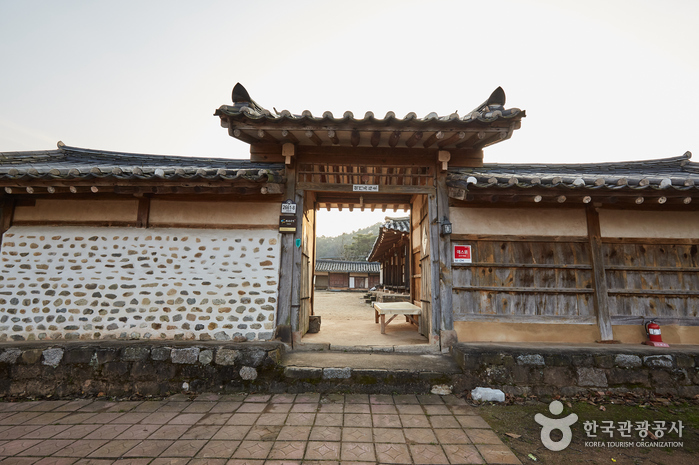
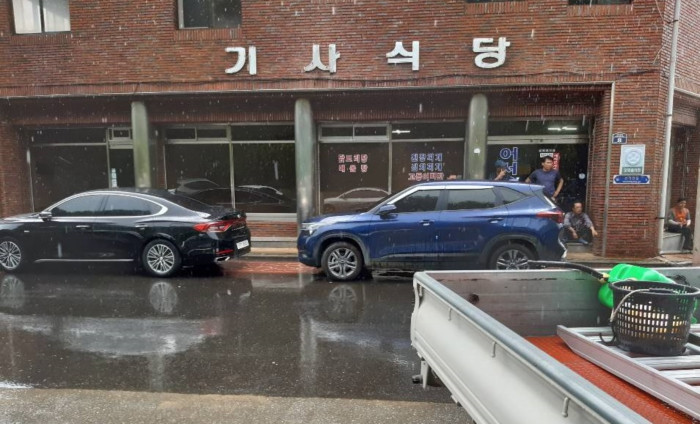
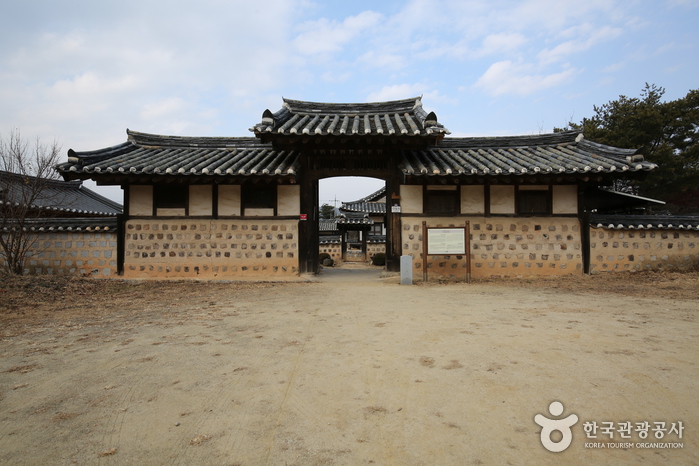
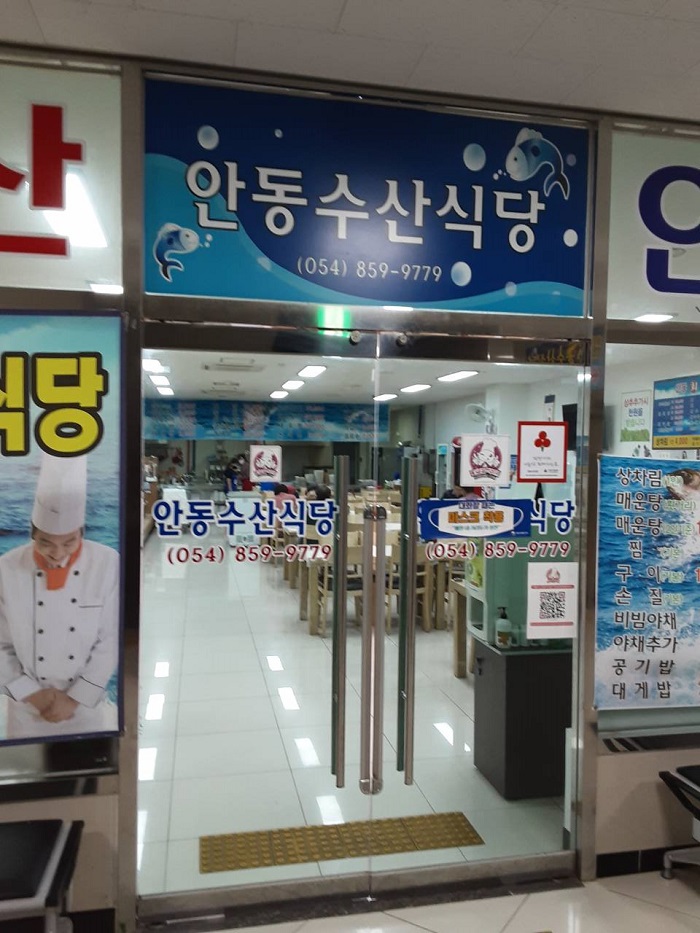
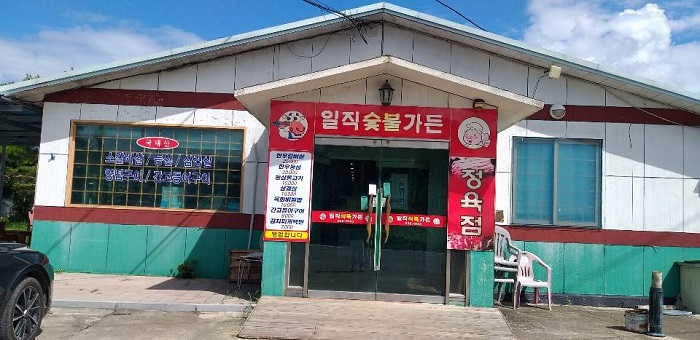
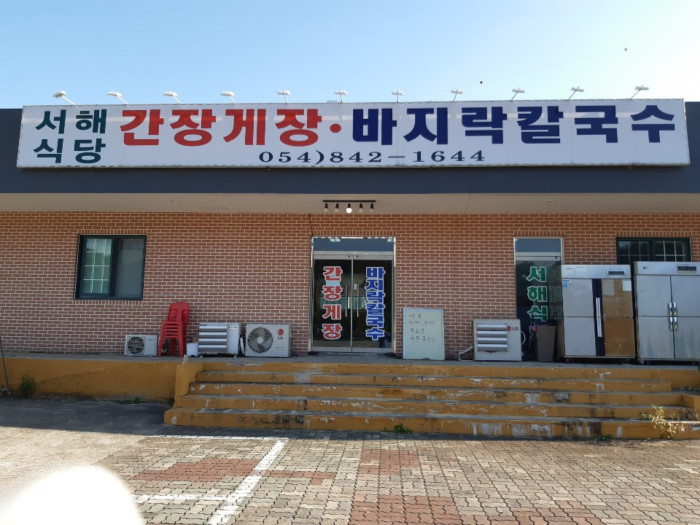
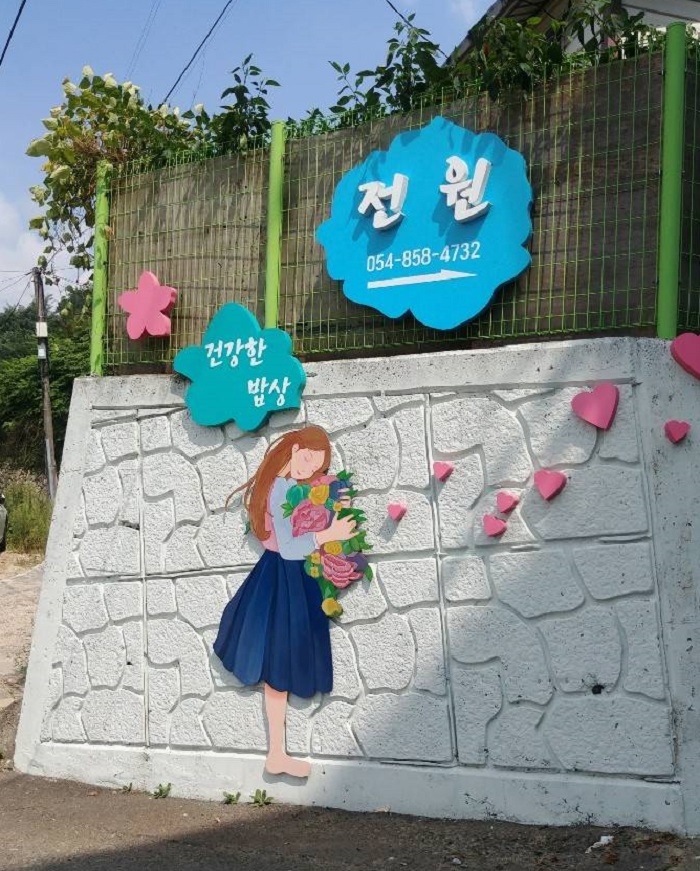
 Français
Français
 한국어
한국어 English
English 日本語
日本語 中文(简体)
中文(简体) Deutsch
Deutsch Español
Español Русский
Русский